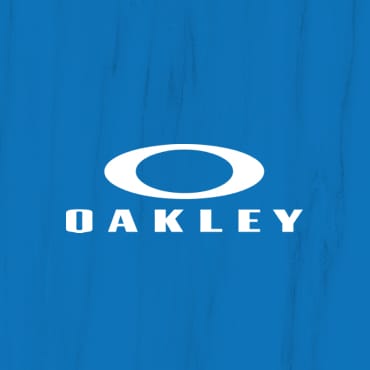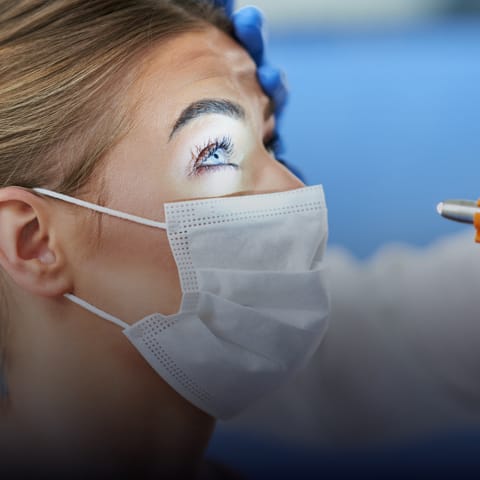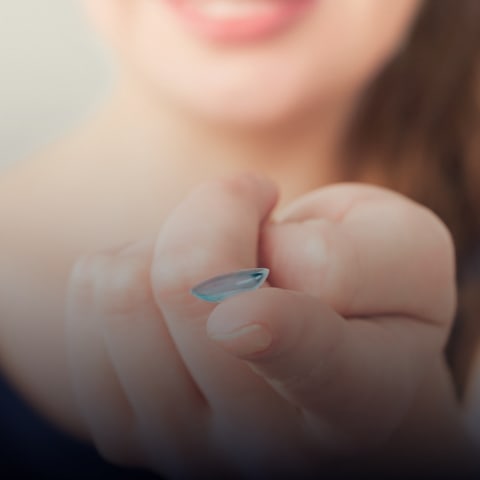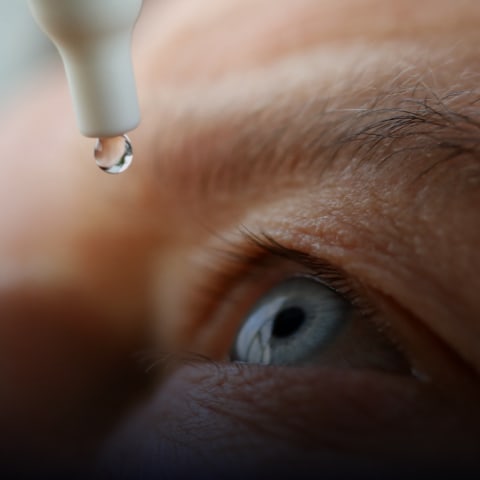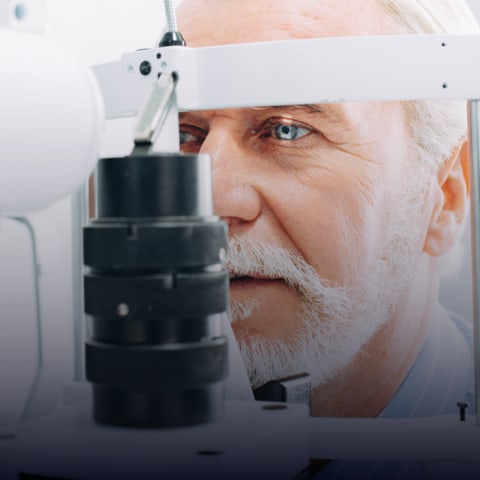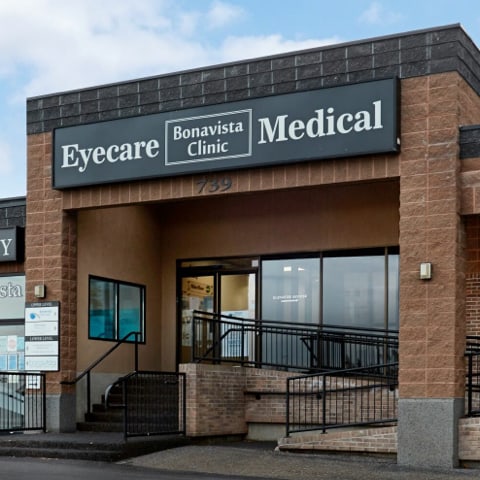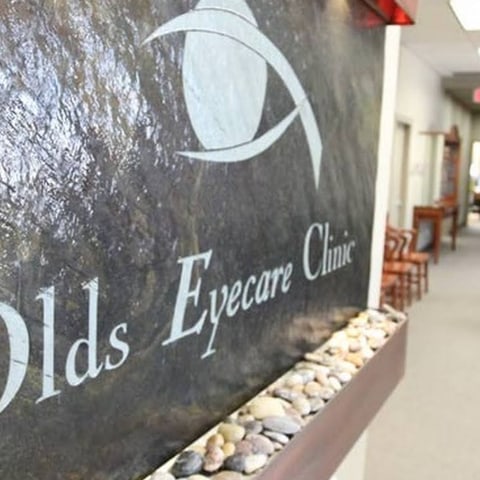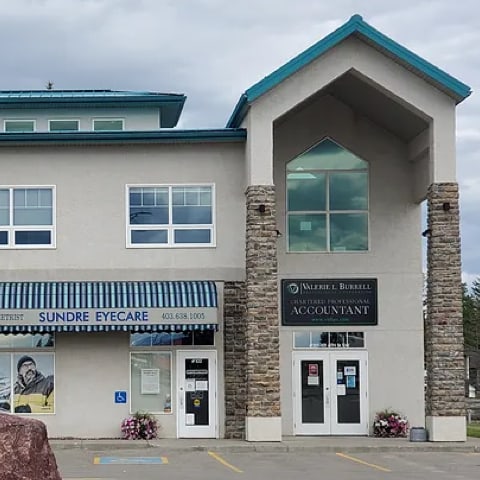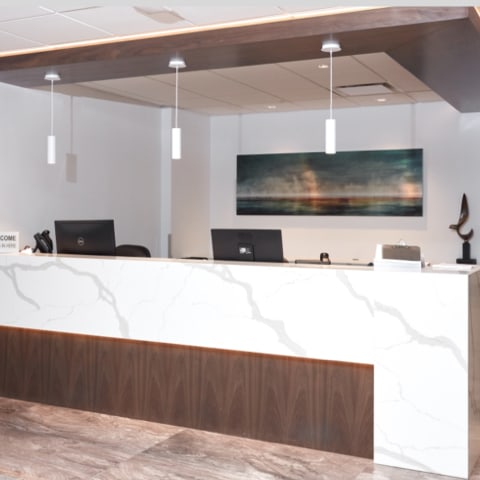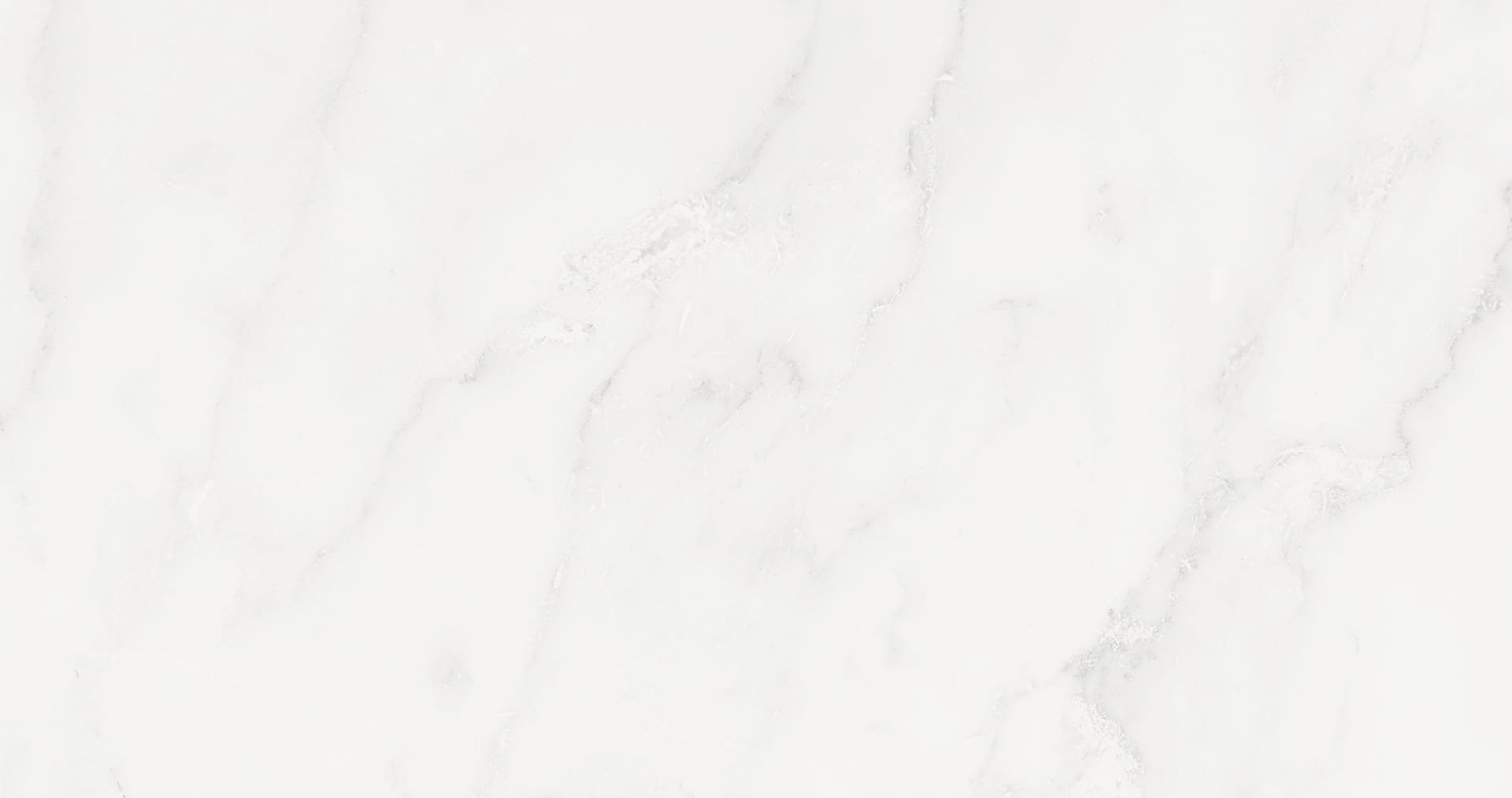
Practice Prevention with Eye Exams
That saying goes that eyes are the windows to the soul, but did you know your eyes are also windows into your whole body health? Your eyes and visual system are connected to many systems in your body, and can sometimes show the first signs or symptoms of larger health problems.
Comprehensive eye exams evaluate more than your sight. Optometrists also examine the health of your eyes and visual system, learning about your vision and overall health. Our eye doctors monitor changes to your eye health to prevent eye diseases, recommend treatment, and help you maintain whole-body health.
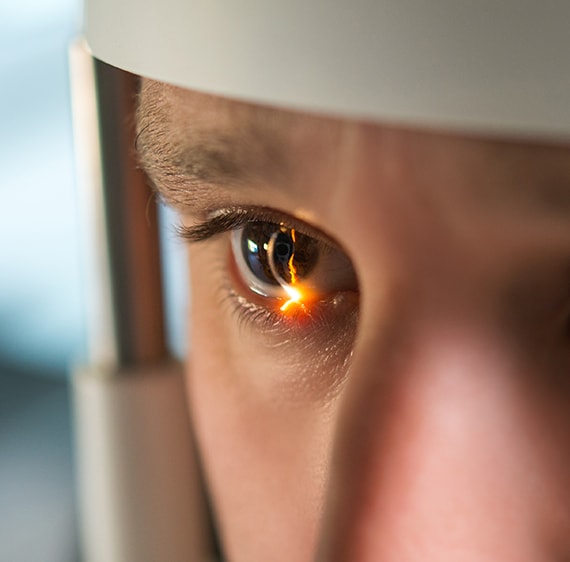
How Optometrists Protect Body Health
Regular eye exams with an optometrist can prevent eye diseases and can also help save your life. Symptoms of severe health conditions can sometimes affect the eye first. By detecting issues sooner, we can recognize the condition and recommend treatment to prevent damaging health effects.
Some health conditions that can show symptoms in the eyes include:
- Aneurysms
- Autoimmune disorders
- Diabetes
- Hypertension
- Liver disease
- Multiple sclerosis
- Neurological disorders
- Parkinson’s disease
- Sickle cell disease
- Skin cancer
- Thyroid disease
- Tumours
Eye exams are a crucial part of prevention. Visit us for regular eye checkups so we can help protect your vision and health.

Our Diagnostic Technology
Complete eye exams help determine changes to eye structures and functions using various tests and technologies. Some additional measurements or scans may be necessary for some patients.
For example, diabetic eye exams use tools for monitoring eye complications related to diabetes. However, most patients at our office can expect a Humphrey test and fundus photography, which can help diagnose eye diseases.
Humphrey Visual Field Test
Humphrey Visual Field Test provides analysis of central and peripheral (side) vision. It can also help detect the presence of blind spots. Visual field tests help in the early detection and management of optic nerve disease as well as neurological disease.
Fundus Photography
Fundus photography uses a low-power microscope to photograph the interior of the eye. Before sitting down to take photos, patients are administered eye drops to dilate to pupil, allowing more in-depth imaging. It’s a noninvasive procedure typically lasting less than a few minutes.
Optos Fundus Imaging
Fundus imaging uses a powerful camera to capture highly detailed capture images of your inner eye and retina. With these images, your optometrist has the opportunity to spot potential issues at the earliest stages.
Meibox Imaging
Meibox imaging is a technology that allows us to get an in depth view of the meibomian glands. Meibomian glands are oil glands along the edge of the eyelids, and if they become blocked, can cause dry eye disease. To determine the best dry eye treatment for you, we use Meibox imaging to capture in-depth images of your glands.
Zeiss Ocular Coherence Tomographer
Ocular coherence tomography, or OCT, is an imaging technology that captures highly detailed, cross-sectional images of your retina. Many eye conditions can affect the retina, so capturing in depth images allow us to spot the early signs and get your prompt treatment.
iCare Tonometer
The iCare Tonometer is a technology we use to measure patients’ intraolocuar pressure, which is useful in diagnosing glaucoma and other eye conditions. This device allows for quick and accurate measurements, without the need for drops, anaetshsia, or a puff of air.
Common Eye Concerns
Our eye doctors are knowledgeable about many eye diseases and conditions, and eye exams help us monitor signs and symptoms. Some common eye diseases and conditions we watch for include cataracts, glaucoma, macular degeneration,
Cataracts
Cataracts are cloudy areas or spots in the eye lens causing impaired vision. A cataract can significantly impact vision, depending on its size. In the early stages of development, prescription lenses can help sharpen vision. However, lenses cannot reverse or slow cataract development.
If vision impairment is severe, cataract surgery may be an option. During cataract surgery, the old cloudy lens is replaced with an intraocular lens implant (IOL).
Common symptoms of cataracts include:
- Blurry or foggy vision
- Dull or muted colour vision
- Decreased night vision
- Light sensitivity
- Feeling a film over the eye
Glaucoma
Glaucoma is a group of eye diseases causing progressive degeneration of the optic nerve. It’s the leading cause of blindness in Canada. Glaucoma often shows no symptoms during the early stages, but can cause irreversible damage. Typically, glaucoma is caused by increased intraocular pressure (IOP).
Eye exams are crucial in detecting glaucoma, as early diagnosis and treatment can prevent vision loss. By measuring the pressure inside your eye, our eye doctors can detect most types of glaucoma before damage occurs. Treatment options include medications and surgery.
Diabetic Retinopathy
Diabetic retinopathy develops as a result of diabetes health complications. Diabetic eye exams help us monitor changes in eye health to prevent diabetic retinopathy and related eye problems.
Symptoms include:
- Blurry vision
- Blindness
- Dim colour vision
- Floaters & spots
- Poor night vision
- Vision reduction
Macular Degeneration
Macular degeneration is commonly referred to as age-related macular degeneration (AMD), as it’s more common in patients over 55. However, macular degeneration can also be a complication of other conditions, including diabetes or degenerative myopia, which can occur in younger patients.
There are 2 forms of macular degeneration: dry and wet.
Dry AMD is milder and the most common. The damage occurs more slowly. Wet AMD can progress faster, even suddenly, typically resulting from leakage or bleeding around the macula.
The macula is part of the retina, and is responsible for central vision and seeing fine details. Dry AMD typically has few symptoms, until it develops into wet AMD, when symptoms include:
- Blurry central vision
- Dark or blank spots
- Difficulty recognizing faces
- Lines appearing wavy/distorted
Although the risk of developing macular degeneration increases with age, other significant risk factors include UV exposure, smoking, high blood pressure, and genetic history of macular degeneration. There is currently no treatment for dry AMD, but eye nutrition and healthy lifestyle habits can help slow degeneration.
Wet AMD can be treated with medication injections or surgery. Early detection is crucial to prevent vision loss caused by AMD. Book eye exams regularly so our team can watch over your eye health and recommend the appropriate treatment.
Retinal Detachment
The retina is a thin layer of tissues located at the back of the eye. It’s crucial to functioning vision, as it receives light and helps convert light into neural signals, allowing us to recognize what we see. However, the layer can be delicate, and damage can cause the retina to partially or completely detach. Retinal detachment stops vision signals from reaching our brain.
Common symptoms include:
Retinal detachment is an eye emergency. The sooner a patient receives treatment, the more likely the retina can be reattached or prevent further vision loss. Regardless of the level of detachment, surgery is necessary to repair or stabilize the retina.
Contact us immediately for an emergency eye care appointment if you notice sudden vision changes or experience an eye injury. Treatment may help save your sight.
Make Us Part of Your Healthcare Team
Our eye doctors are more than vision experts; they’re also health experts. Routine eye exams can help prevent eye diseases and protect whole-body health. By making us part of your healthcare team, we can watch over changes in your eyes and help you maintain your health.
Book an appointment today to prevent eye disease and preserve healthy vision.

Our Locations

Calgary
Find us steps away from Lake Bonavista across from Lake Bonavista Promenade. Please give us a call if you have any trouble finding us.
Please note our office is CLOSED on Statutory holidays, long weekends, and Saturdays in July and August.
- 403-271-2818
- 403-278-4812
- 739 Lake Bonavista Drive SE
- Calgary, AB T2J 0N2
Hours
- Monday: 8:00 AM – 5:00 PM
- Tuesday: 7:00 AM – 7:00 PM
- Wednesday: 7:00 AM – 7:00 PM
- Thursday: 7:00 AM – 7:00 PM
- Friday: 9:30 AM – 5:00 PM
- Saturday: 9:00 AM – 3:00 PM
- Sunday: Closed
Please note our office is CLOSED on Statutory holidays, long weekends, and Saturdays in July and August.
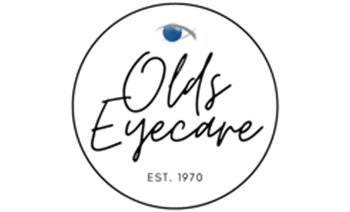
Olds
Find us at the corner of 50 Avenue and 52 Street. Don’t hesitate to give us a call if you have any trouble finding us.
Please note our office is CLOSED on Statutory holidays, long weekends, and Saturdays in July and August.
- 403-556-6068
- 403-556-6337
- 5202 50 Ave
- Olds, AB T4H 1G9
Hours
- Monday: 9:00 AM – 5:00 PM
- Tuesday: 9:30 AM – 5:00 PM
- Wednesday: 7:00 AM – 7:00 PM
- Thursday: 9:00 AM – 5:00 PM
- Friday: 9:00 AM – 5:00 PM
- Saturday: 9:00 AM – 3:00 PM
- Sunday: Closed.
Please note our office is CLOSED on Statutory holidays, long weekends, and Saturdays in July and August.
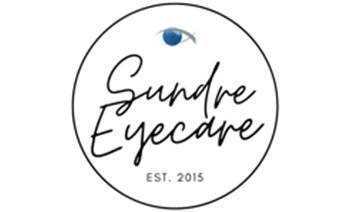
Sundre
Find us on 6 Street just off Cowboy Trail. Don’t hesitate to give us a call if you have any trouble finding us.
Please note our office is CLOSED on Statutory holidays.
- 403-638-1005
- 403-638-1090
- 101 6 St SW
- Sundre, AB T0M 1X0
Hours
- Monday: 9:00 AM – 5:00 PM
- Tuesday: 9:00 AM – 5:00 PM
- Wednesday: 9:00 AM – 5:00 PM
- Thursday: 9:00 AM – 5:00 PM
- Friday: 9:00 AM – 5:00 PM
- Saturday: Closed
- Sunday: Closed
Please note our office is CLOSED on Statutory holidays.
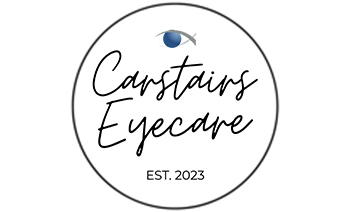
Carstairs
Find us north of the Credit union in the same building as Mountain View Smiles Dental Clinic.
Please note our office is CLOSED on Statutory holidays.
- 587-952-6161
- 587-952-6362
- 208 10th Ave Unit 1
- Carstairs, AB T0M 0N0
Hours
- Monday: 9:00 AM – 5:00 PM
- Tuesday: 9:00 AM – 5:00 PM
- Wednesday: 9:00 AM – 5:00 PM
- Thursday: 9:00 AM – 5:00 PM
- Friday: 9:00 AM – 5:00 PM
- Saturday: Closed
- Sunday: Closed
Please note our office is CLOSED on Statutory holidays.
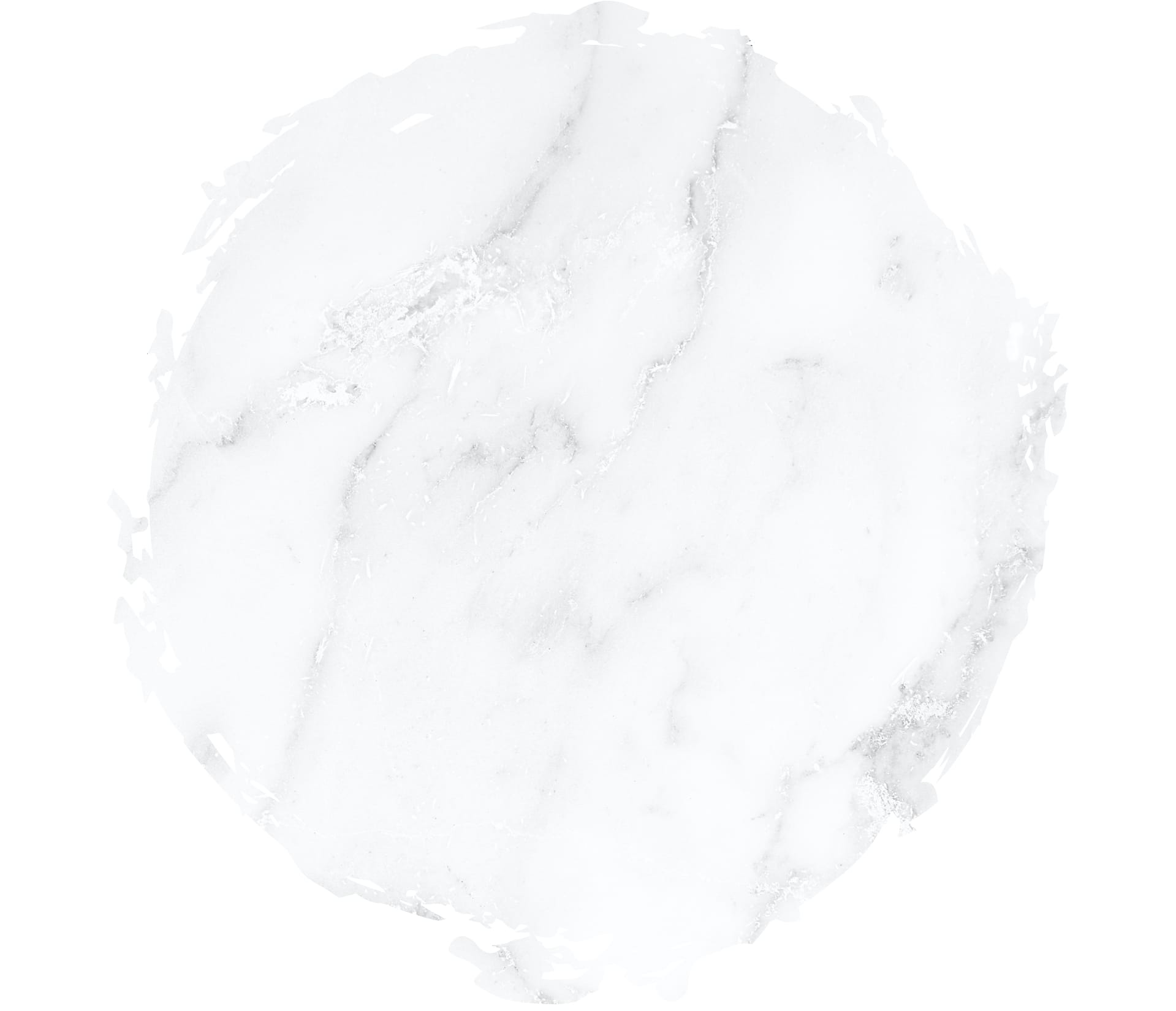
Our Brands

